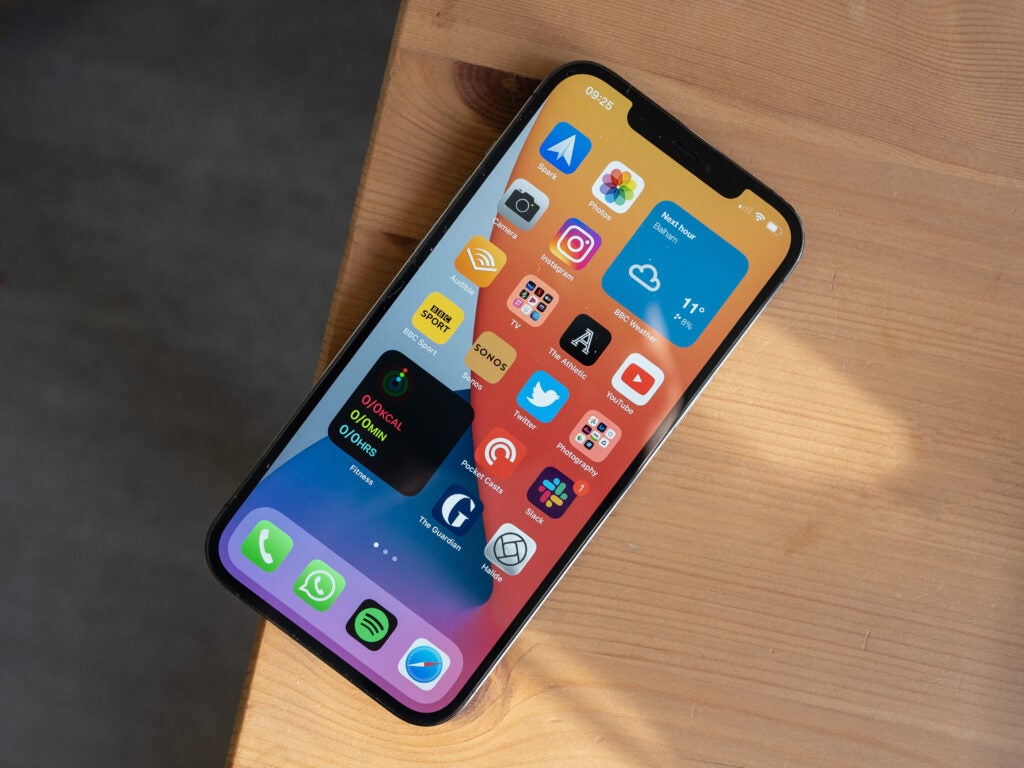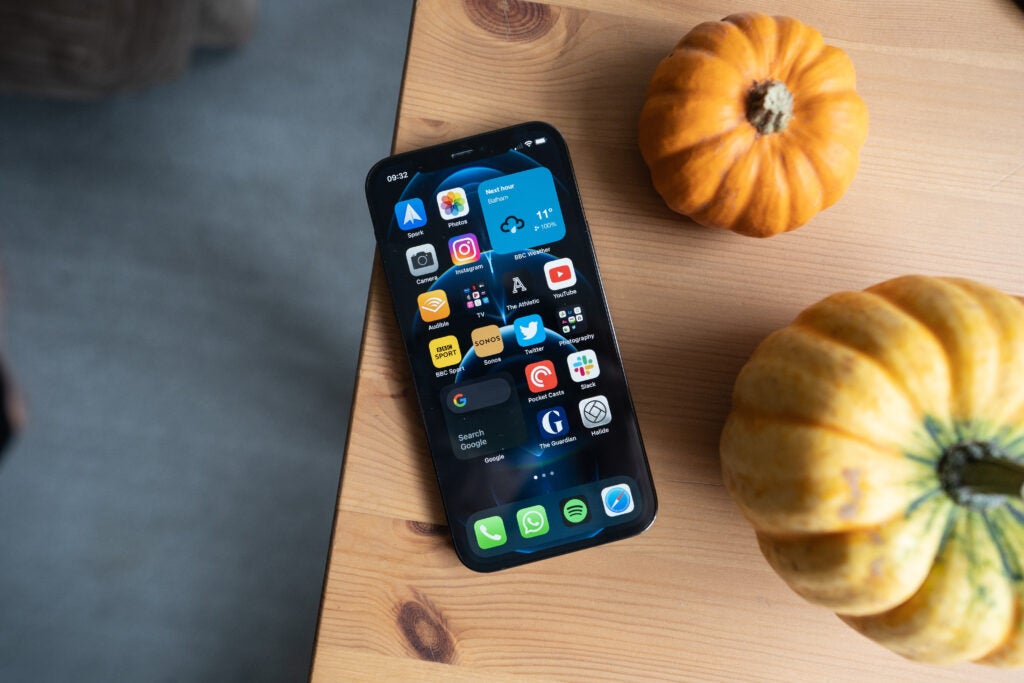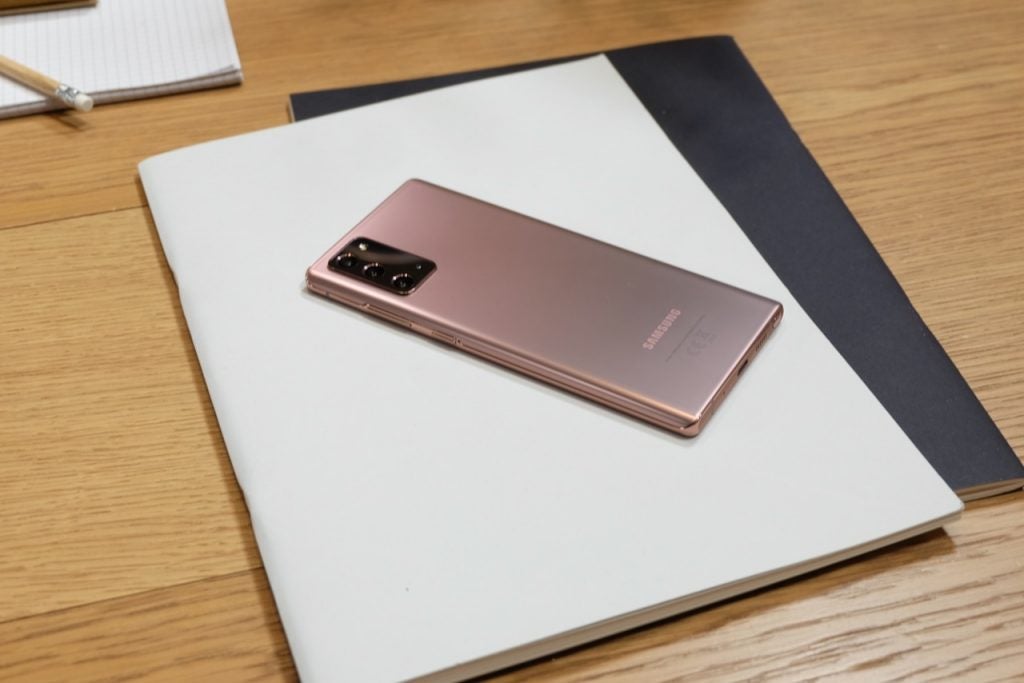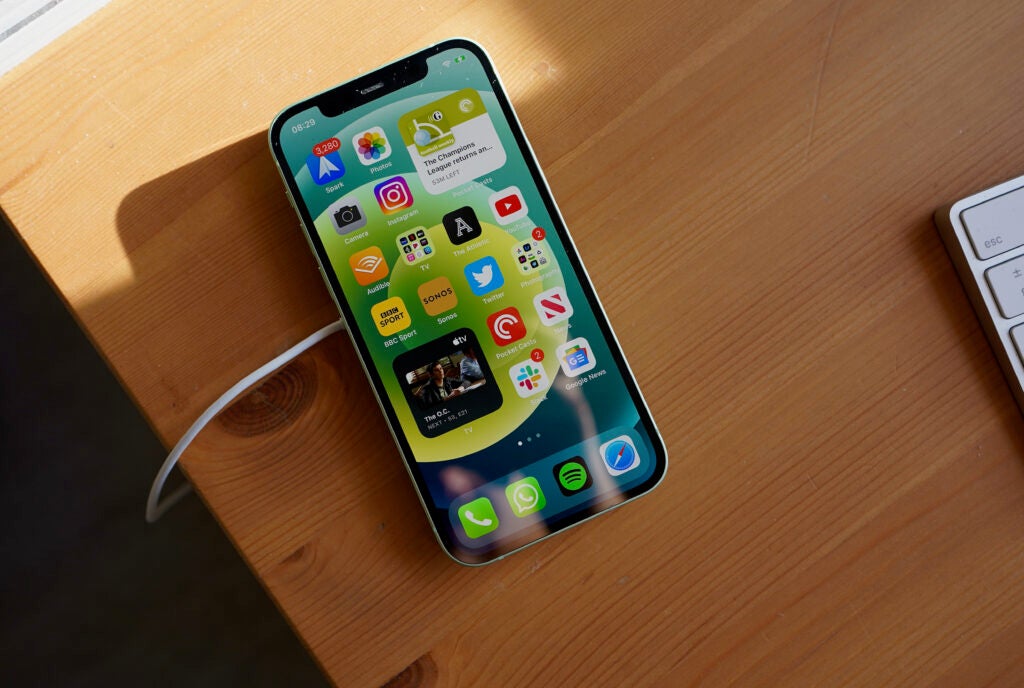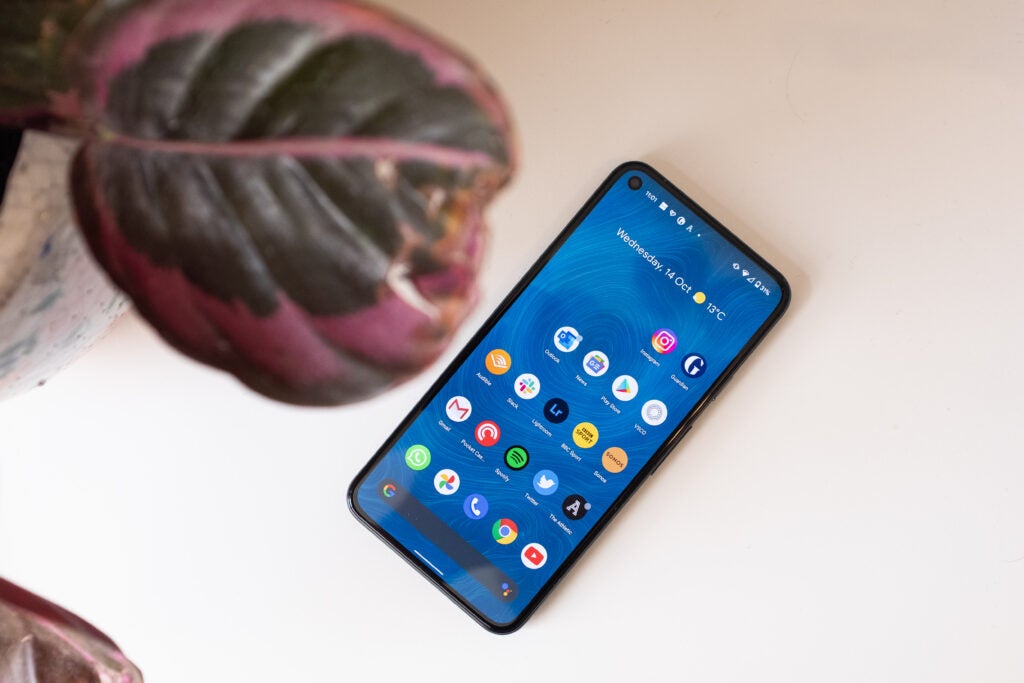Camera phones have changed significantly over the past decade. These days, it isn’t uncommon to find two, three or even four sensors packed into your smartphone, leaving many hobbyist photographers reaching for their pocket before splashing out on a separate compact or mirrorless camera.
There are plenty of camera phones to choose from, too, covering a variety of budgets. Here at Trusted Reviews, we’ve tried and tested all the best camera phones to help you to choose a handset that’s right for you.
We test each camera in several real-world scenarios – for example, low light, portrait, landscape, light and dark conditions – and then compare models. You’ll find a dedicated section for each phone’s camera in the reviews linked to below.
If you’d prefer a more general look at which phone to buy, our Best Phone, Best Android Phone and Best iPhone guides will point you in the right direction.
A good camera is an important factor when buying a new phone. After all, this is how you’re capturing your memories (and no-one wants blurry, poor-quality memories). We’ve reviewed countless handsets over the past year, from cutting-edge flagships to the best budget snappers, and sorted through them all to bring you only the most feed-worthy camera phones.
Keep in mind that this list is subject to change as new phones come out. Samsung recently launched its Galaxy S21 and S21 Ultra, so expect us to update this list to reflect our thoughts on the newest Galaxy camera phones (if they impress us, of course).
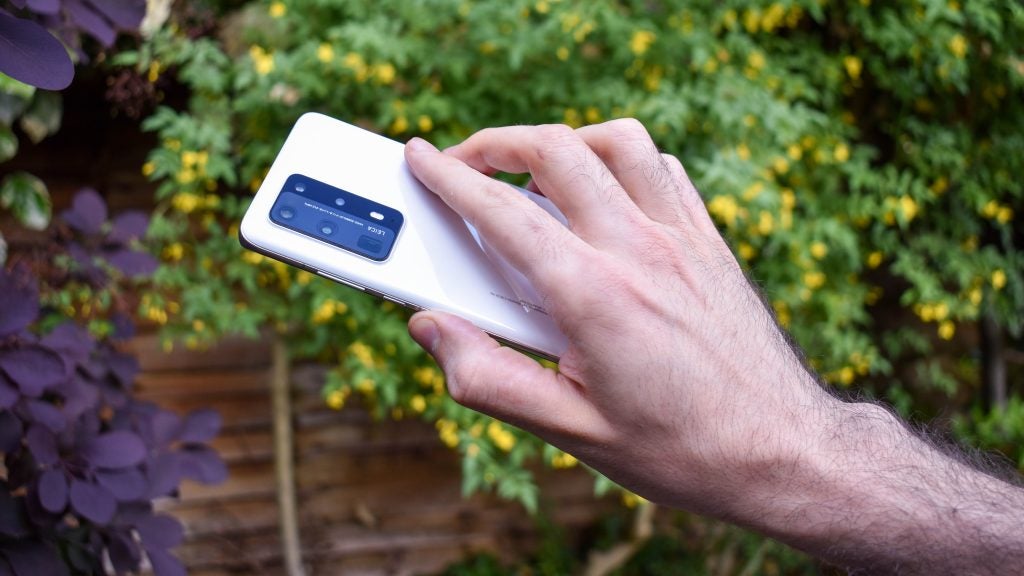
1. Huawei P40 Pro Plus
Best camera phone for zooming
Pros:
- A fantastic, versatile camera system
- Premium design and screen
- Top-tier specs and storage
Cons:
- Super-expensive
- No Google support
- Mono speakers
The Huawei P40 Pro Plus is among the most multi-talented camera phones around. You get the best zoom available on any phone, a handy 18mm ultra-wide angle lens, and a main f/1.9 23mm lens that’s backed up by a sharp 50-megapixel sensor.
It trumps both Google’s Night Sight mode from the Pixel 5 and Apple’s competing low-light option in dark scenes with brighter, more accurate results. This is limited to scenes without movement or bright lights, though. In more common low-light scenarios such as concerts, bars and night-time cityscapes, performance doesn’t stand out quite as much.
The zoom on the P40 Pro Plus is unmatched, especially when you’re comparing it to the iPhone 12 Pro and Pixel 5 – neither of which have any sort of periscope zoom for improved zoom length. This means you can capture sharper snaps even when the subject is further away. It’s a great all-rounder for daylight shooting and it generally handles scenes with mixed lighting well.
However, the big issue is the lack of Google apps. If you’re not happy with the selection available through Huawei, then you might want to keep on reading for other options. There’s also the Huawei P50 on the horizon.
2. iPhone 12 Pro Max
The biggest iPhones takes some amazing photos
Pros:
- Huge sensor
- LiDAR helps with low-light shots
- Reliable pictures in all situations
- HDR video
Cons:
- Still lacks the zoom skills of other devices
If you want the very best iPhone 12 camera experience then go for the iPhone 12 Pro Max. It has a larger sensor than the smaller Pro model for taking better and quicker low-light snaps. In addition, the extra optical zoom (2.5x as opposed to 2x) provides a bit more creative freedom, even if the zoom can’t match the P40 Pro and Note 20 Ultra.
We wouldn’t say the pictures are always night-and-day improvements over the 12 Pro (or even the 12); however, you can get much better snaps here if you’re shooting active subjects.
There are benefits that comes from having a larger phone, too. Battery life is improved and the 6.7-inch display is ideal for editing snaps and using as a big viewfinder.
Everything else is the same as the iPhone 12 Pro, which you can read about below.
3. iPhone 12 Pro
Best camera phone for versatility and video
Pros:
- Great new design
- LiDAR helps in low light
- Reliable pictures in all situations
Cons:
- Lacks the zoom skills of other devices
The iPhone 12 Pro sits just below the Pro Max in Apple’s current smartphone lineup. The Pro camera’s combination of fantastic photo quality and impressive versatility makes it our top choice when it comes to smartphone snappers.
It’s glitzier, flashier and more expensive than the iPhone 12 – but, for many, the extra skills of the camera setup make it worth considering. Apple seriously improved its photographic output with the iPhone 11 series, and the 12 series takes that a step forward again.
The iPhone 12 Pro is kitted with three 12-megapixel cameras, including an ultra-wide angle lens that lets you fit a lot more into your landscape shots. You also get a new faster wide lens (26mm, f/1.6) and a 2x telephoto lens for getting close. A LiDAR sensor aids low-light focusing and you’ll notice this if you’re big into taking pictures in the dark.
Nothing is lacking with the new HDR Dolby Vision video recording either, capturing much brighter, more colourful footage. The iPhone 12 Pro is also an absolute performance beast. The A14 chipset is the fastest we’ve used and it brings 5G to an iPhone for the first time.
We’d have liked a fast refresh display, a screen without a notch and for some killer zoom skills. However, the 12 Pro remains one of the most reliable camera phones around.
4. Samsung Galaxy Note 20 Ultra
Best camera phone for fans of big phones
Pros:
- Bronze colour is attractive, and adds a matte finish
- S Pen more responsive than ever
- Excellent triple camera
- The best-looking phone around
Cons:
- Battery life, on Exynos version, is poor
- Screen resolution limits are annoying
Samsung’s second phone to sport the “Ultra” moniker matches its predecessor in both its lavishness and price tag. However, what it does bring to the table is a more refined take on the camera setup, including ditching the 100x Space Zoom that was panned on the S20 Ultra.
The Galaxy Note 20 Ultra brings a camera setup that features a 108-megapixel main sensor, a 12-megapixel telephoto and 12-megapixel ultra-wide. The combo produces strong results that in our review we described as “a huge improvement over the S20 Ultra.” The setup tones down Space Zoom to just 50x, while using a 5x optical zoom alongside it. Still, the zoom skills here are far superior to that of the iPhone 12 series and Pixel 5, only losing out to the Huawei P40 Pro.
Aside from the camera, the Galaxy Note 20 Ultra comes sporting many more tricks – from a gorgeous and gargantuan 120Hz Adaptive Refresh Rate 6.9-inch OLED display to strong performance from the Exynos 990 (even if we here in the UK lose out on the better Snapdragon 865+ option).
As we mentioned in the intro to this guide, Samsung has now launched its Galaxy S21 and S21 Ultra. Like the Galaxy Note 20 Ultra, the S21 Ultra packs a 108-megapixel main sensor and a 12-megapixel ultra-wide lens. The S21 Ultra also includes two telephoto lenses for 100x Space Zoom. We’ll be sharing our reviews of the new phones soon, so keep an eye on this list to see whether the S21 Ultra earns a spot.
5. iPhone 12
The most reliable camera phone
Pros:
- Great still photos
- New HDR skills
- Excellent video
Cons:
- Lacks real zoom like the Huawei P40 Pro
While the iPhone 12 Pro and the Pro Max are far more focused on the cameras, the iPhone 12 continues to impress, benefitting from a number of new features.
The main 12-megapixel wide-angle camera now has an f/1.6 lens, ensuring it performs far better in low light compared to older iPhones, capturing images with better colours and exposure. The Smart HDR feature has been improved and the Deep Fusion AI tech ensures photos are sharp – you’ll notice this especially in photos that include items of texture, such as a woollen jumper or a jaggedy rock. There are fewer upgrades to the ultra-wide camera; however, you can now use the dedicated low-light mode while shooting with this secondary sensor.
The lack of a zoom lens does mean that this isn’t an ideal setup if you want to get closer to subjects, and there are far better choices on this list if zoom is a priority for you.
Video has been upgraded, however, and you can shoot Dolby Vision HDR footage at 4K 30fps (60fps on the Pro). HDR video is far brighter, more colourful and just generally more appealing visually, even if it can cause some compatibility issues with older TVs.
Other features include an OLED screen (still with a notch and at 60Hz, rather than the faster 120Hz found on the Note 20 Ultra), the fast A14 chipset, 5G and support for MagSafe accessories.
6. Google Pixel 5
The best phone camera for stills
Pros:
- Superb still photos
- Improved video
- Smooth 90Hz screen
Cons:
- Bland design
- No real zoom
The Pixel 5 doesn’t push the Pixel camera to new heights like we were expecting. However, offering the device at a lower price means more people can enjoy this excellent shooter.
That’s not to say the camera isn’t any different to the Pixel 4. There’s now an ultra-wide – rather than a zoom – secondary sensor, which is probably the right decision since it lets you take far better landscape shots. Video has been improved with support for smoother 4K 60fps capture, and portrait lighting features offer up greater control when editing.
Where the Pixel 5 falls down next to the, albeit pricier, competition is the zoom. The zoom here is completely software-based and while the results are fine, they pale in comparison to models carrying a proper zoom lens such as the Note 20 Ultra or P40 Pro.
Other features include a 90Hz screen, 4000mAh battery, 5G and a metal body.
![]()
7. Google Pixel 4a
Best camera phone on a budget
Pros:
- Great camera
- Refreshingly small size for an Android phone
- The promise of fast updates
- Nice, sharp OLED screen
- Affordable
Cons:
- Only one camera
- As well as being a Pro, the small screen might put some off
One of the stand-out features of the Pixel 3a was its camera, and Google has made sure to bring its expertise to the next version. Pixel 4a packs in a single 12-megapixel f/1.7 sensor that dominates many camera phones sporting more than double the amount of camera on the back.
Image processing power and low-light shooting make the Pixel 4a a contender in the camera department with even the most premium phones, while managing to come in at a sub-£400 price point.
Of course, the biggest issue for some will be the lack of any secondary sensors. This is the only phone on this list to eschew an ultra-wide or telephoto camera completely.
Along with the stellar camera you also get the sleek Pixel Launcher, for a clean-yet-functional Android experience, as well as speedy updates guaranteed for three years.
Despite the super-low price, Google has managed to whack a pleasing screen onto the Pixel 4a. The OLED display offers sharp images, even without a 90Hz refresh rate. The 5.8-inch OLED sits nicely in a basic but still decent-quality plastic body, which comes in a size that harks back to a more one-handed friendly past.
